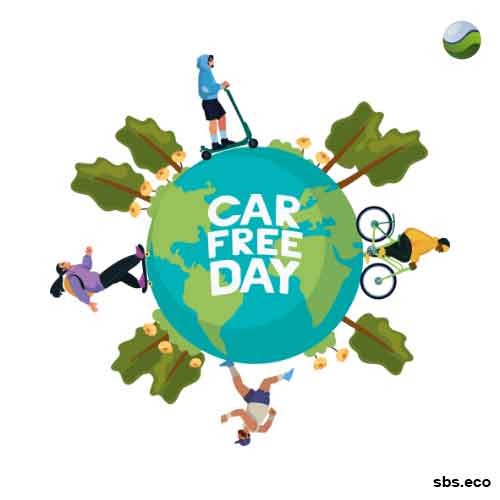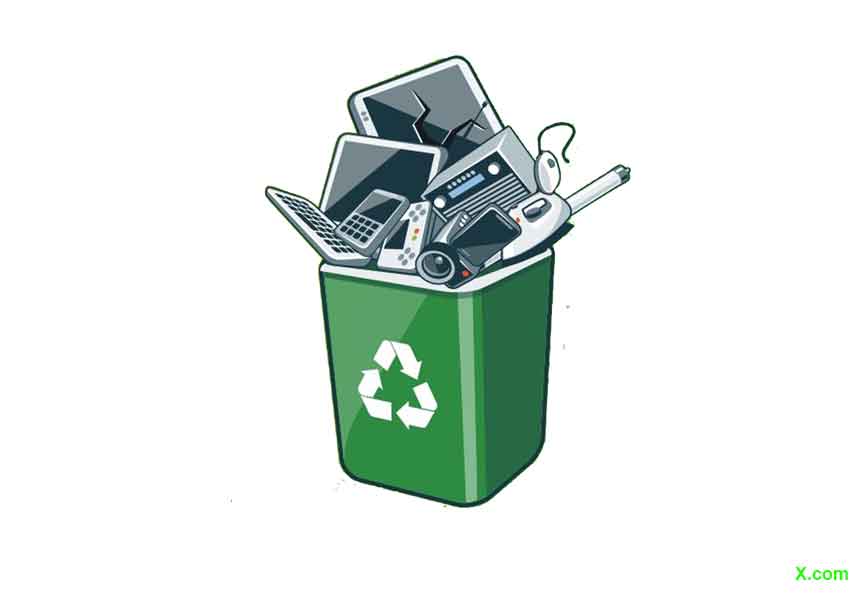Dr. N. Munal Meitei
Environmentalist, email-nmunall@yahoo.in

Car Free Day is observed worldwide on 22 September. Greenhouse gas emissions, toxic air pollution, traffic congestion, noise and rise of accidental deaths: these are just some of the negative impacts associated with cars. This day also called ‘carpooling’ or ‘car-lite’ encourages walking, using bicycles, buses, trains, carpools released fewer pollutants and promote health exercises.
The day is also to bring for less congested streets and re-imagining our urban environments as cleaner, greener and more accessible spaces for everyone. Many towns and cities today are built around for use of cars, often leaving little space for pedestrians. But the prioritization of cars by city planners has numerous negative impacts on environment and human health. The world has reached a point where we need to start thinking about reducing our reliance on fossil fuels and moving towards renewable energy sources.
It’s not just the climate that cars are affecting, it also worsen air quality, with vehicle exhaust for large scale toxic pollutants which are linked to millions of deaths worldwide. People living in urban centers are particularly exposed to these hazardous pollutants, they further aggravated by traffic jams, which have become a persistent problem in almost all cities as the number of vehicles on the roads has risen.
Many cities around the world are now trying to reduce car numbers, whether by increasing cycling lanes, creating car-free zones or introducing limited traffic zones, congestion charges and odd-even rotation.
Transport is the fastest-growing source of fossil-fuel CO₂ emissions, which is the largest contributor to global warming. The number of cars in the world is estimated to be around 1.47 billion vehicles. These cars pump out roughly 3.5 billion metric tons of CO₂ (GtCO₂) per year. This not only accounts for half of global transportation CO₂ emissions, but also represents around 10% of total fossil CO₂ emissions. According to the IPCC, road transport accounts for about 20% of total greenhouse gas emissions in addition; road vehicles are also responsible for 1.19 million accidental deaths and 50 million injuries per year.
Passenger vehicles are the largest chunk of emissions, releasing about 45% of CO₂. If the conditions prevail, annual GHG emissions in 2050 will be 90% higher than those of today. Vehicle emissions are the result of poor fuel quality and weak vehicle regulation. The UN Environment to support countries address urban air pollution through the adoption of cleaner fuels and more efficient vehicle technologies and standards to phase out leaded gasoline.
India with the third largest road network, has more than 21 crore two-wheeler and over 7 crore four-wheeler and above category of vehicles registered as informed in the Parliament by Shri Nitin Gadkari on 3rd August, 2023. Road travel seemed to be the preferred choice in India with around 60% of the population who used personal or shared vehicles for commute.
The ownership of personal cars in India remains lower than in many other countries. According to Amitabh Kant of Niti Aayog, the ratio of car owners in India is considerably lower compared to global standards. As of 2018, only 22 individuals in India own a car per 1000 people which are approximately 1 in 12 households, a stark contrast to figures of 980 in America and 591 in Japan.
According to the International Energy Agency, there will be an increase in India’s car ownership by 2040, with an expected 75% surge, resulting in an average of 175 cars per 1,000 people. In contrast, a significant 55% of families have bicycles, and 54% of people own a two-wheeler.
India is the fifth-largest global car manufacturer and the annual car sales in India are projected to increase from the current 3.5 million to about 10.5 million – a three times increase – by 2030, which will increase exposure to vehicular exhaust emissions.
According to studies, vehicles annually contribute about 290 gigagrams (Gg) of PM2.5. At the same time, around 8% of total GHG emissions in India are from the transport sector and in Delhi, it exceeds 30%.
In India, vehicle technology is changing rapidly with changes in fuel quality, exhaust treatment systems of the Internal Combustion Engines (ICE), electrification of vehicle segments and steps towards hydrogen-powered vehicles. But the current and future batches of ICE vehicles are likely to have a substantial share in on-road fleet till 2040, if not beyond.
This not only requires substantial tightening of the emissions standards but also modification of technical parameters for testing of vehicles to reduce the emissions in the real world as are done by the developed countries at the manufacturing end and when in use.
The main sources of air pollution in Manipur are exhaust from fast growing number of automobiles, dust-fall due to bad roads and other commercial earthmoving activities. There are around 3,67,035 vehicles registered in the state till the end of fiscal year 2020. We know, while 1 litre of petrol is brunt, 3 kilo moles of CO₂ are produced. But, how much petrol and diesel are required by the state daily is seen when a blockade lasted for 4/5 days disconnecting with the outside states.
A cirque valley with the enormous emissions whirling around consistently has warned us with a very unusual insidious 42°C at Noney and 37.2°C in Imphal on 20 September, 2024. The overall air pollution of the state is controlled by the MPCB under Section 5 of the Air (Prevention and Control of Pollution) Acts, 1981.
Therefore, on coming World Car free Day, we must learn the habit of carpooling and as an exercise, let’s walk and cycle where-ever is possible for the future environment.













